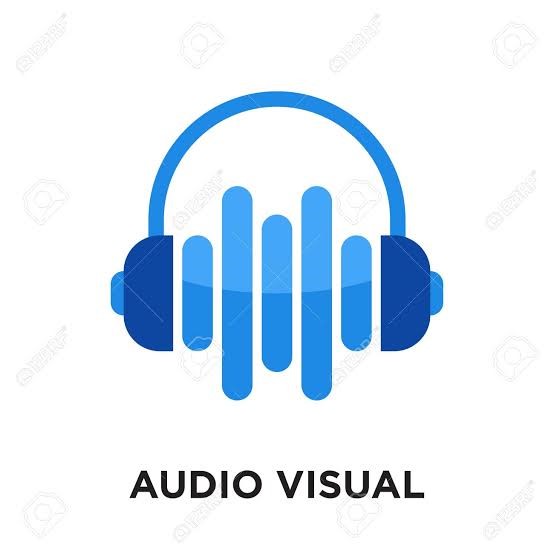Audio-visual content is incorporated in most modern-day applications. The developers and QA must subject the app to rigorous testing to validate its core audio and video functionalities in the software development lifecycle. It requires them to simulate real-world network and user conditions to optimize the app’s front-end audio-visual elements. The testers must map the app’s quality of Experience (QoE). It helps to gauge the level of customer satisfaction the app can offer. QoE is the overall acceptability of an app or service that the end-user perceives subjectively.
When considering subjective experience, the mean opinion score (MOS) helps rate the service quality. Based on how the end-users perceive the audio-visual quality, they can assign five different point scores, ranging from 5 to 1. The MOS of 5 indicates the best quality, whereas the value of 1 indicates the lowest quality. The mean opinion score in the QoE measurement scale gives significant insights to the stakeholders to optimize the audio-visual elements of an app. For the audio-video test monitor solution, QoE serves as an essential metric to subjectively quantify the degree of satisfaction of a final user with a given audiovisual service.
Audio-visual quality measurement for the app is more crucial than ever. Improving these aspects of your app will have a noticeable impact on overall user engagement. Besides fast response times, customers want the app to deliver optimal audio-visual quality. A bad audio quality or constantly erring video with blurring, blockiness, and color distortions can make them feel disengaged. The quality assurance team must access the right audio-visual testing solution to measure and improve these elements and make the customers happier.
Why should stakeholders optimize the app’s audio-visual output?
An application that can support higher quality streams helps generate more emotional engagement on behalf of the audience. Users often abandon an app if low-quality streams impede their user experience. Audio-visual delivery performance directly impacts a viewer’s QoE, which directly affects the service provider’s desired business outcomes. If the app provides a high-quality audio-visual experience, it will help to keep them thoroughly engaged, increasing viewership and bringing in opportunities for more revenue and growth.
How to measure audio-visual quality and performance?
The entire workflow for accurately measuring the audio-visual quality depends on three critical aspects. These include the metrics, methodology, and measurement.
Metrics: The quality assurance team must primarily define a common language of metrics to measure multimedia streaming quality. These metrics act as the foundation according to which the test workflow spans out. The metrics act as measures of quantitative assessment for audio-visual quality. These metrics must be carefully picked up, and customers must relate to them.
- QoE (Quality of Experience) metrics are parameters that determine the viewer’s experience and perception of audio-visual service quality as measured on the client device.
- QoS (Quality of Service) metrics are parameters that help define the service quality of each component of the audio-visual delivery value chain. It includes various elements such as content preparation, production, processing system, content distribution system, and ISPs.
- QoP (Quality of Performance) metrics are parameters that help define operational data to improve system efficiency build visibility into the business aspects. It serves as proxy QoE metrics.
Methodology: Defining a method for executing the tests to validate audio-visual aspects. It helps to perform the tests in the best manner possible by deploying all the possible end-user scenarios. A documented methodology helps ensure consistency and reliability when performing the tests. It helps implement a holistic approach to direct the testing workflow in the right direction and maintain strategic consistency. It helps to plan, develop, and maintain the tests appropriately and effectively execute them in the testing pipeline by focusing on requirements.
The methodology helps to achieve standardization in testing. Standardization helps create audio-video quality measurement algorithms that a large consortium has extensively validated. Hence, standardization of testing using an established and documented methodology helps achieve accuracy and reliability in testing.
Measurement: Proper reporting and analytics tools are required to measure audio-visual delivery performance quantitatively. It must release test logs and reports to help the QA team to visualize and understand the test results. The right reporting tool must provide adequate insights to determine if the tests have passed or failed and to what degree. Accurate and effective reporting will help the stakeholders to make better-informed decisions. The tool must present intuitive, easy-to-understand graphs, charts, and tables for more effective visualization. With the help of reports, the stakeholders can predict the end-user perceived QoE after a complete session. The test results are validated using the metrics to determine the expected and actual results. Accordingly, the tests must be re-run based on the results until the desired results are achieved.
To Conclude:
These are three critical aspects that help streamline the testing workflow to conduct the audio-visual output of an application. It will help optimize these elements to provide a high-quality user experience to the end-users.
